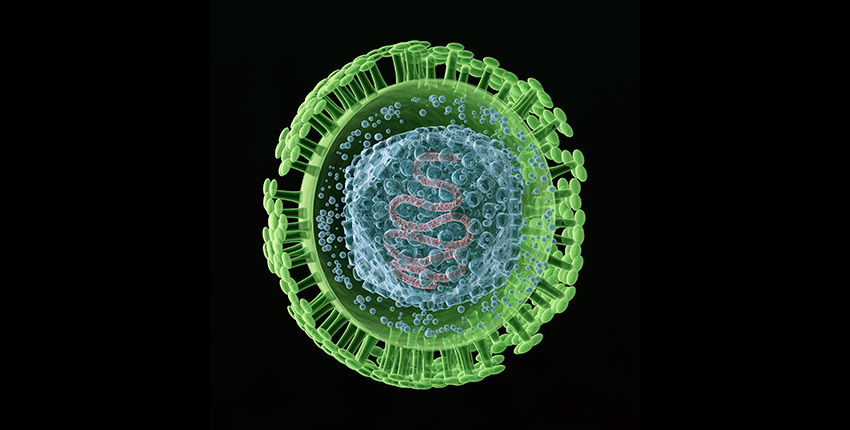
In a first, scientists use gene-editing to disrupt both latent and active herpes virus in human cells. Scientists have used the gene-editing tool CRISPR-Cas9 to disrupt both latent reservoirs of the herpes simplex virus and actively replicating virus in human fibroblast cells. Experiments pinpoint weak spot that can make the virus susceptible to gene editing.
The herpes simplex virus, commonly known as the cold sore virus, is a devious microbe.
It enters the body through regions lined with mucous membranes – mouth, nose and genitals – but quickly establishes lifelong viral hideouts inside nerve cells...
Read More








Recent Comments